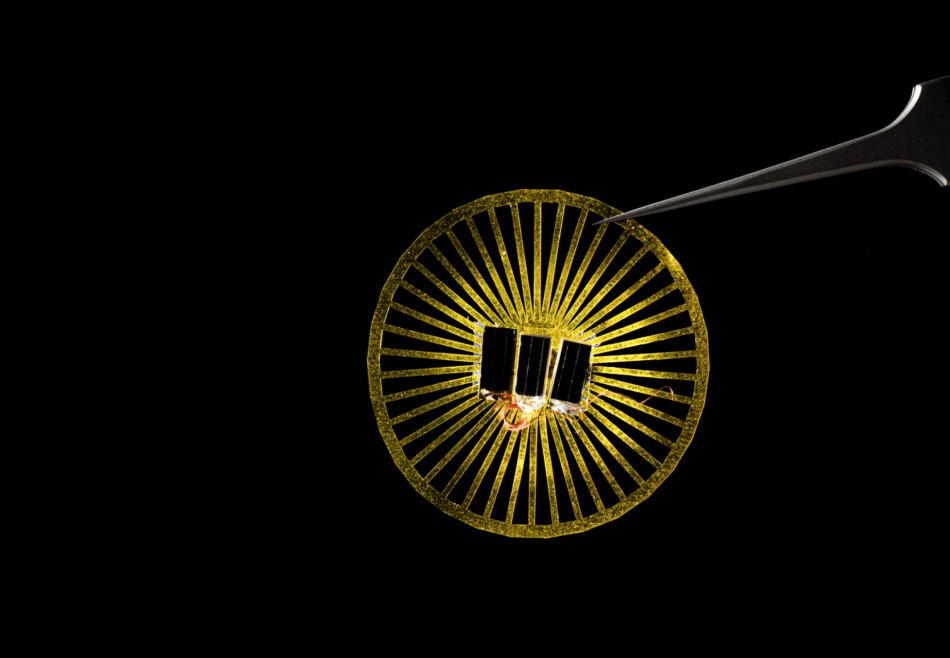Wireless sensors are a versatile technology used to measure all sorts of conditions, without the restraint of being attached to a stationary object the whole time. They have many applications such as in medicine – like this wireless sensor which monitors bone health – or in measuring environmental conditions.
Data collected by wireless sensors allow scientists to monitor climate change and give them insight into agriculture. The current capabilities of these sensors are limited, in both time and cost. To measure conditions over a large area, hundreds of sensors are needed to be physically placed across a huge area.
A sensor inspired by dandelion seeds
Enter the novel dandelion-seed-inspired sensor! A team from the University of Washington was inspired by how these common plants distribute their seeds using the wind and mimicked that in their device. The sensor is 30 times as heavy as a dandelion seed, although can still travel 100 meters in a moderate breeze.
“We show that you can use off-the-shelf components to create tiny things. Our prototype suggests that you could use a drone to release thousands of these devices in a single drop. They’ll all be carried by the wind a little differently, and basically, you can create a 1,000-device network with this one drop,” stated senior author Shyam Gollakota in a press release.
“This is amazing and transformational for the field of deploying sensors because right now it could take months to manually deploy this many sensors.” What’s more is the devices hold at least four sensors, being able to measure humidity, temperature, light, and pressure. Then this data is relayed to a base up to 60 meters away from its position.
The sensor is battery-free, utilizing solar panels to power its capabilities. Removing a heavy battery allowed the team to keep the device light and able to float in the wind. Plus, thanks to the dandelion seed-like structural design, the device ended up landing with its solar panel upright 95 percent of the time.
What about when the sun goes down?
As the system has no battery, it cannot charge and the sensors stop working. The team had to figure out a way to store energy when its main power source was shining on the other side of the world. They found their answer in a type of component called a capacitor which they inserted into the device to allow readings to be taken in the dark.
As with dandelion seeds, the researchers predict their sensors will be carried by the wind far and wide. “This is mimicking biology, where variation is actually a feature, rather than a bug,” said co-author Thomas Daniel. “Plants can’t guarantee that where they grew up this year is going to be good next year, so they have some seeds that can travel farther away to hedge their bets.”
Next, the researchers need to figure out how to create these devices using biodegradable materials to prevent electronic waste from being scattered over the environment.
Source study: Nature – Wind dispersal of battery-free wireless devices











